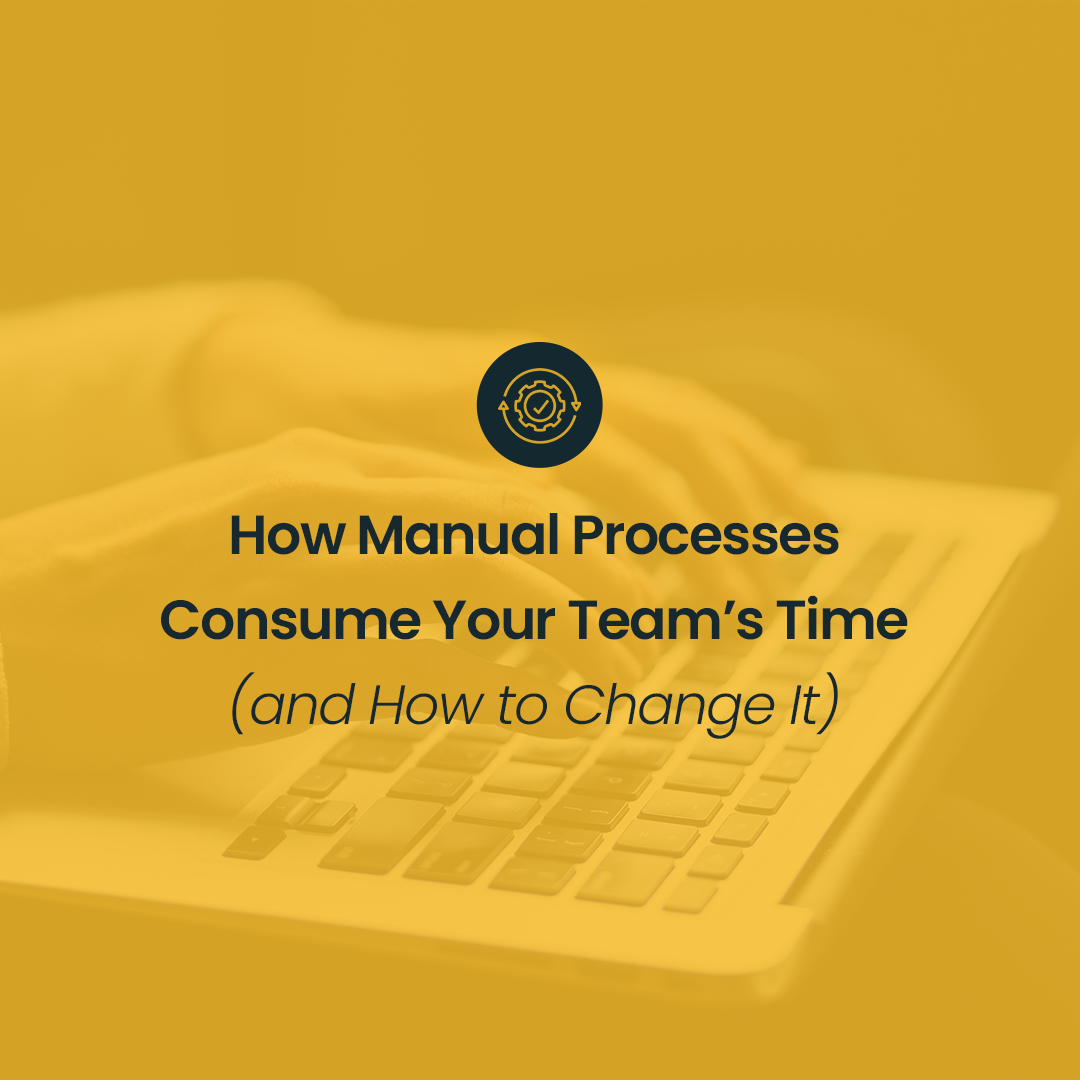According to the latest information published on Google’s blog, Universal Analytics will no longer continue to run and collect new hits from July 2023 onwards. What does this mean for us and what steps should we take to prepare for these changes?
The withdrawal of Universal Analytics (UA) primarily means it will be replaced by Google Analytics 4 (GA4), launched in 2020. Essentially, this means that from July 2023, we will only be able to view and analyse data historically in UA. The exception will be Google Analytics 360 – premium version of GA, which will run for additional 3 months (GA UA 360 will be withdrawn in October 2023). So as you can see, Google is introducing a new era of web analytics based primarily on the GA4 service.
Why has Google decided to withdraw UA and replace it with GA4?
The answer comes from changes in privacy policy and consumer behaviour, as well as the creation of a new system from scratch that is adapted to these changes.
Nowadays, consumers make purchasing decisions using multiple devices (cross-device process) and sources of information (multichannel approach), making increasingly conscious purchasing decisions. Moreover, users themselves are increasingly concerned about protecting their privacy in the virtual world, which has led many companies, including Google, to withdraw 3rd party cookies. The existing UA service and its capabilities are not adapted to these changes, e.g. through limitations in measuring and crossing data from the app and web environments. So far, in order to measure traffic from our company’s website and applications, we have used two Google tools: the UA service and the Firebase service with different methodologies of data collection. This causes data discrepancy, because in UA we measure data on the basis of sessions and hits, while in Firebase on the basis of events. For these reasons, Google decided to build a new system, GA4, which uses events as a basis for measuring user behaviour in both mobile and web environments.
What is the benefit of GA4?
GA4 integrates and, more crucially, standardises data from both websites and mobile applications while respecting background privacy.
The key benefits of GA4 include:
User centric – Google Analytics 4 uses unique user IDs (provided by marketers) and Google Signals to unify and deduplicate data, setting the stage for more accurate measurement of cross-channel and cross-device activities.
One tool to measure WEB & APP – as already mentioned, in GA4 we measure both web and app environments based on events and parameters, so we can measure data from different sources and systems comprehensively, in one tool.
Integration with tools such as DV360 and BigQuery – GA4 gives us even greater and more precise possibilities of integration with other Google tools, including Google Ads or Youtube. What is more, GA4 in both basic and premium version (GA4 360) can be linked with Display & Video 360 and Google’s cloud solutions (BigQuery) – until now, in the case of UA, such integrations were possible only in the premium version of the tool (GA360). As a result, we will be able to use audience lists or goals from GA4 in our DV360 programmatic campaigns, even if we only use the basic version of GA4.
Advanced machine learning and forecasting – the new Analytics is also more intelligent insights and forecasts based on even more advanced machine learning models than UA, thanks to which, among other things, we can create a list of audiences with potential behaviour such as purchases on our website.
You can also find out more about GA4 and its capabilities in our previous post about GA4: https://www.salestube.tech/pl/blog/google-analytics-4-czyli-nowa-era-analityki-internetowej/
So how should you prepare for the migration from Universal Analytics to GA4?
With this latest announcement, Google is giving us over a year to prepare for the upcoming changes. To gain the most out of this time, we should already properly plan the entire transition process from UA to GA4, in line with our business goals and the current level of GA4 configuration in our organisation.
The key steps towards a full migration to GA4 will be:
Starting configuration of the GA4 service as soon as possible – GA4 is a completely new GA service to which we can’t migrate historical data from UA, so the sooner we configure and start collecting data in the service the better. Google is still developing GA4 and also this year it is planned to implement new functionalities in the tool related to e.g. reporting, therefore, during the configuration of GA4, the main source of data and place for analyses should still remain the UA service.
Audit the current setup of UA accounts and plan further configuration and data measurement in GA4 – analyse the current setup and data collected in the UA service and consider which data are missing and which data are not used. Review the possibilities of collecting additional data in GA4 and based on that plan further configuration.
Full GA4 implementation, reports setup and analysis of collected data – after making sure it is planned to collect all the data needed, it is time to move on to further configuration of GA4 service. Once fully implemented, reports should be created for further analysis and any errors or gaps in the data collected should be checked.
To make the whole process easier we recommend also to consider the consulting support offer of salestube. Our specialists will be able to advise not only on the implementation of GA4, but also on the broader areas of e‑commerce, technology and data analytics.
What happens to contracts for Google Analytics 360?
Some key information for current and future GA360 users:
The GA4 service, like the UA service, will also be available in a premium version (GA4 360).
GA4 360 will provide, among other things, higher limits for collecting, reporting, storing and exporting data from GA4 to BigQuery, more information also here: https://support.google.com/analytics/answer/11202874.
The withdrawal of the UA service also means the withdrawal of the Optimize 360 service – in GA4 both in the free and 360 versions, users have access to the functionality previously available only in the Optimize
When the UA service is withdrawn, GA4 360 service contracts should replace the existing Analytics 360 contracts.
For more information about the migration from 360 UA to 360 GA4 and costs, please contact GMP certified and experienced Sales Partners, such as salestube – one of the largest GMP Sales Partners in the CEE region 😉






